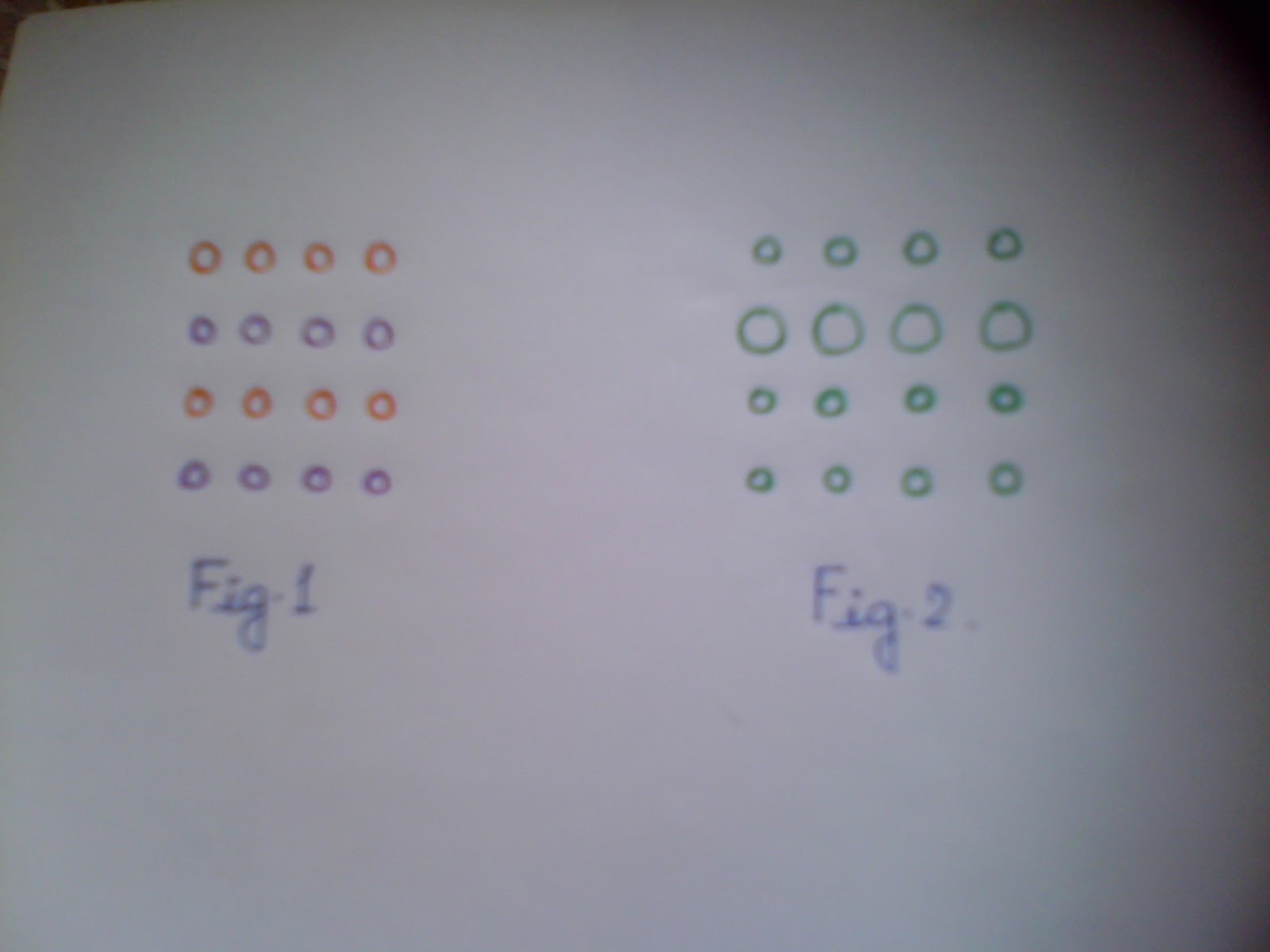

Structuralism has had to be abandoned as far as any such unitary program is concerned, and a variety of competitive schools have attempted to replace it (behaviorism, gestalt theory, and functionalism).
Form perception definition plus#
This was much more than a theory of perception, of course it was central to a comprehensive program for understanding man’s mind, since all ideas about the world must (it was held) be composed of just these sensations, plus memories of previous sensations, in various combinations. Not only were the physical qualities of objects (their sizes, distances, shapes, etc.) to be explained in terms of these basic simple sensations but also our perceptions of people, of their expressions and intentions, of their social relationships. Whether acting alone or with a host of others, any receptor would produce the same sensation, although the memories of past experiences evoked by each different context in which the sensation is embedded would usually conceal from the untrained observer (but not from the observer trained to ignore those memories, to practice analytic introspection) the fact that the same elementary sensation has occurred. The oldest and most complete theory of perception, now known as structuralism, held that simple elementary experiences, or sensations, recur in various combinations to compose the world we perceive sensations presumably result from the excitation of individual sensory cells, or receptor neurons, each contributing a characteristic signal, called a specific nerve energy, to the central nervous system. Similarly, the fact that a sensory end organ, or receptor, has been found that is electrically responsive to a particular wave length remains of unknown import until its effects on experience (or on suitably selected discriminatory behaviors, which is an equivalent statement for most purposes) are demonstrated.

More important, the touchstone of perceptual research is perceptual experience: the fact that the prism bends light energy of different wave lengths by different amounts is, of course, a physical discovery the fact that white-appearing light thus spreads out into the myriad colors of the spectrum is a matter of perception. Research in perception requires the most sophisticated controls of the motivational, judgmental, and learning processes, i.e., the use of the techniques of experimental psychology. Despite these different interests, perceptual study remains predominantly psychological.

Such understanding is obviously important to the physician, to the physiologist, and, it was once thought, to the philosopher concerned with the question of how we can be sure about the truth of our ideas. The study of perception is the attempt to understand those aspects of observations of the world of things and people that depend on the nature of the observer.


 0 kommentar(er)
0 kommentar(er)
